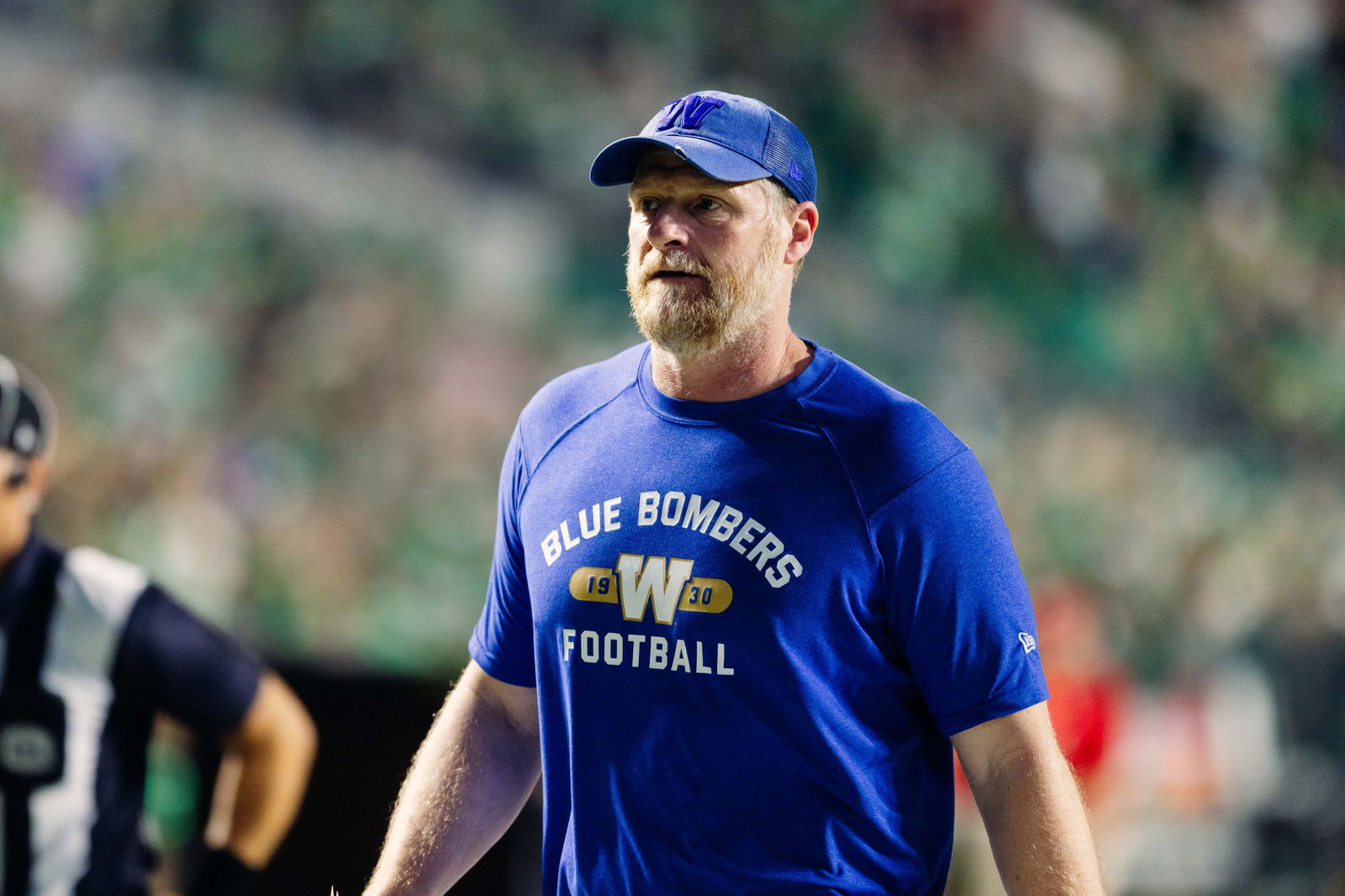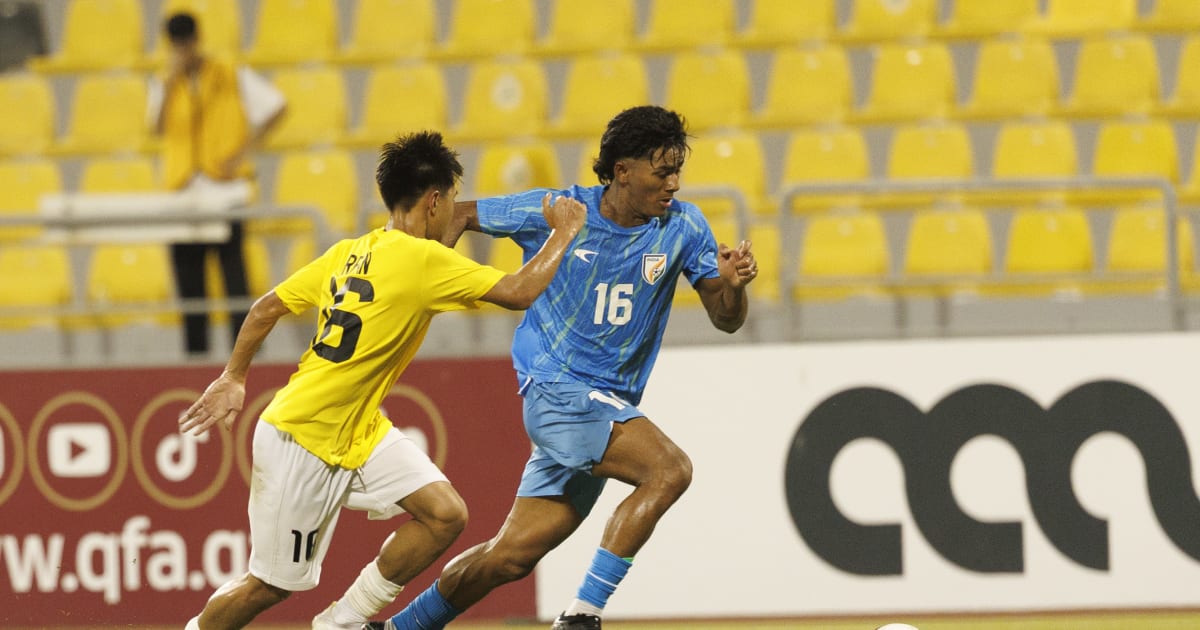Women’s game still searching for answers to its ‘ACL pandemic’

The issue, then, has supporting statistics, real-world impacts, and anecdotal evidence. So, as a new WSL season begins, how can the league find answers?Change the narrativeWSL Football (WSLF), which runs England’s two professional divisions, does not deny that the ACL issue is real. The data they use indicates that women players are 2.4 times more likely to suffer the injury than men.Severity drives attention. Players are out for a minimum of nine months, but recovery times vary markedly. Kerr, the Chelsea forward who injured her ACL in January 2024, only returned to the squad as an unused substitute for their WSL opener against Manchester City last Friday.“You’re out for such a long period,” Audrey Cooper, WSLF’s head of league and performance development, says. “The light shines brightly on that. When Lionesses and other top players get that injury, it’s newsworthy because it’s a critical injury to a major individual.“It’s devastating for the player. In terms of returning to play, it’s the longest injury, so it’s massive.”According to the FA Injury and Illness Surveillance Study, which analysed injuries in England’s top two women’s football tiers from 2018-23, ACL injuries are the most burdensome. They forced players to spend a cumulative 10,216 days on the sidelines — the highest such figure by nearly 4,000.However, perspective is required. WSLF tracks every illness and injury that happens within its leagues, and believes it has the largest such dataset in the world. Its numbers indicate that a hamstring problem is the most frequently occurring injury. ACLs are not one of the top three most frequent and, although they receive plenty of attention, the rate at which the injury is occurring is not growing.In the FA’s five-year study, hamstrings accounted for the most injuries at 253, while there were only 35 ACL issues.Spotting red herringsThe theories around ACL injuries in women’s football are vast. Does the menstrual cycle have an impact? Are boots not sufficiently tailored to women’s feet? Is female anatomy a factor? WSLF suspects many of these hypotheses are red herrings.Take the menstrual cycle. It has been mooted that progesterone rises during the luteal phase, leading to increased fatigue and therefore heightened risk of injury. Yet while this idea seems rational, WSLF is sceptical.“There was a belief that identifying particular points in the cycle where ligaments are weaker or stronger, then maybe that will be relevant,” Abosede Ajayi, WSLF’s medical governance lead, says. “[But] we actually found that it’s different for each woman.”Periods are a popular explanation for ACL injuries in women’s football, but Ajayi is not alone in her view. Last February, Martin Hagglund, a professor at Linkoping University in Sweden, told a Uefa medical symposium that there is no consistent evidence of a link between the menstrual cycle and injury risk.In May, Fifa launched a study at Kingston University London that is investigating the link, but a clear connection is not necessarily expected. “We know hormones fluctuate during different phases of the cycle, but we don’t yet know how much of an influence that may have on the risk of injury,” Simon Augustus, a senior lecturer in sport biomechanics at the university, said in April.Avoiding a one-size-fits-all view underpins WSLF’s approach. Women tend to have narrower heels and broader hip structures, suggesting that boots designed for men or how women plant their feet could increase injury risk. However, pinpointing a single reason is too simplistic.“If you interrogate all of those things, there might be an applicable factor in any one individual,” Ajayi adds. “But it is really going to be about what gives the biggest bang for our buck across the board.”WSLF, then, is trying to find the factors that lead to the most ACL injuries. To do so, they are grouping players by health history, physical development and football career, meaning that the only difference within a group is whether players have had an ACL injury or not. By controlling as many variables as possible, it is hoped that some common causes may emerge.‘All that supplement malarkey?Just eat more fruit’Solely identifying flaws in theories is of little use. As Ajayi intimates, WSLF must establish methods to reduce ACL injuries across clubs.The most reliable route to success is long-term research that creates a sufficient amount of data, but there is also an urgent need for progress. Promises of steady improvement count for little when, for instance, two Everton players suffered ACL injuries in the first two weeks of last season.“If we took the very strict approach, it would take 20, 30, 40 years because we would want to control every single variable and circumstance, and not do anything until we’ve done all the baseline measures, then do one change at a time,” Ajayi says. “That’s the strict scientific model, which clearly is not reasonable.”Meaningful change starts from childhood. As women’s football continues to evolve and professionalise, youth players need to access the same resources as their male counterparts, be that on the training pitch, in the gym, or when recovering.“In sports like rugby and football, there’s a massive mismatch in athletic development through the teenage years,” Ajayi, a former rugby player for Saracens and Wasps, says. “Although girls like Leah Williamson played from age five, they probably weren’t playing in a formal academy set-up until their teens. So that development piece is a key area.”The impact of such changes may take a generation to appear at the elite level, but today’s professionals can protect themselves from an ACL injury through basic lifestyle choices.Poor sleep hinders muscle co-ordination, for example, so clubs monitor sleep quality closely. Ajayi encourages players to avoid phone use before bed and to sleep in a cool, dark room.Meanwhile, the experts’ nutritional advice is similarly straightforward. “I would rather they ate vegetables, drank water, and had some fruit than all this supplement malarkey,” Ajayi adds. “Do the simple things really well.”Fostering a spirit of ‘co-opetition’Given the complexity of ACL injuries and the substantial research needed, sharing expertise is actively encouraged by WSLF.“We try to mediate conversations between clubs, be it in formal settings such as conferences or informal settings such as coffee meet-ups,” Cooper, who represented Team GB at beach volleyball in the 1996 Olympics, says. “Rather than doing things independently, it’s so brilliant in the women’s game that we want to look at what the research is telling us and work out what would give a better chance of that injury not occurring or repeating. We’re pulling all of that together.”If the women’s game has one advantage over the men’s around injury prevention, it may be this spirit of “co-opetition”.“We have a concept — that is quite noticeably different to the men’s game — of ‘co-opetition,’ ” Ajayi says. “There is some co-operation to help us compete.”Neither Ajayi nor Cooper have ever worked in men’s football, and both stress they cannot be certain whether it is more guarded. Nevertheless, Cooper believes there is an appetite in the women’s game to grow the sport as a whole, even if it means sharing a secret or two.“There have been no instances of people refusing to do that [share information on ACL prevention],” Cooper says. “There is a real appetite for that to be shared for the good of the individual and the game.”Working towards ‘a-ha moments’Once all the research, education and co-opetition is implemented, what would success look like for WSLF? How can it prove, amid the complex studies and caveat that each athlete is different, that it is solving women’s football’s fiendish puzzle?“In five years, I would like our average return-to-play time to be less,” Ajayi says. “I’ll go for a very conservative 10 per cent, but I think that’s doable and would be meaningful. It would mean coming back to play several weeks earlier.”Cooper will not put a number on her aim, but she will reveal that those “a-ha moments” — the ground-breaking discoveries that could be transformational — are attainable.“Turning any insight we have into something practical with the clubs would be an immediate success,” she says. “We’re never going to sit on any information and go, ‘We’ll share that when we think the time’s right’.“And the more we learn about it, we will have an ‘a-ha’ moment somewhere along the line. It won’t be one thing, but there will be some ‘a-ha’ moments because of all the energy going into this.”








